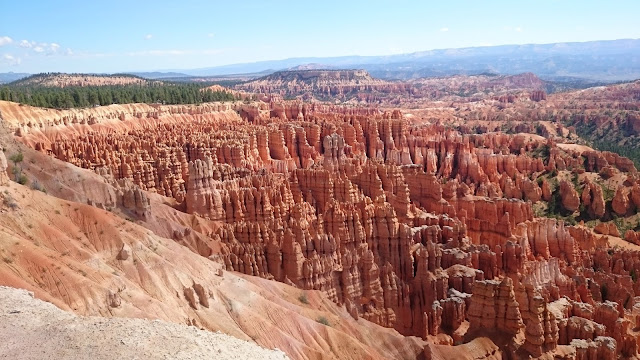I’ve written about the idea of “normal” before, and I’d like to revisit it because it continues to be a theme in my life.
Most of my generation has rejected the idea of normal, and especially as a homeschooled kid in the early 2000’s, I wore the phrase “I’m so weird” as a badge of honor. (Let’s be honest, every Myspace page back then featured some variation of the self-descriptor “LOL I’M SO CRAZY.”)
I had a brief stint in the boundaries of “normal” last year, then ruined my track record by leaving town for three months to gallivant around the west. Now I’m back, and my life is shifting back to normal again. However, Zach and I are making habits of things that aren’t normal— we’ve cancelled our Internet service (our phones have limited Wi-Fi), cut out almost all fast and junk food, and bought some chickens; Zach occasionally bikes the 10 miles to work and we spend a lot of our time feeding various conglomerations of bacteria and yeast that provide us with food (sourdough, sauerkraut, kombucha, kefir).
With this “I’m weird enough to make people call me a hippie” list in my back pocket, it’s tempting for me to whip them out in conversation (or on this blog) for an adrenaline rush. Somewhere not very far under the surface, I’m still the lol-I’m-so-crazy Myspace kid.
However, there are several problems with drawing a sense of purpose from how “crazy” or “alternative” you are.
First of all, the sense of arrogance that comes along with it is not pretty, and this quickly descends into an elitism that looks down on and judges “normal” people as being less important than yourself.
Secondly, there’s no point in being crazy for craziness’s sake. If you really believe that what you’re doing is great— that you’re not doing it for some sort of weird alternative status, but honestly because you think it’s good and right— you won’t care about how other people perceive you. (Heck, if you’re confident enough, you won’t feel nervous about wrecking your image by drinking soda or liking the latest Disney movie.)
Thirdly, if there is a moral, ethical, and/or practical reason underlying your alternative decisions, this “craziness” mindset might get in the way of trying to show other people how great these decisions can be. Good choices shouldn’t be for an elite alternative group— they should be for everyone!
In the future, I hope that it’s perfectly normal to ride the bus everywhere, grow veggies instead of a lawn, compost all table scraps and eat a mostly vegetarian diet. I hope that supporting local farms, not being in credit card debt, fermenting vegetables and spending within your means becomes the mainstream way of life.
In the end, I don’t want to be crazy— I want to be normal. And I want “normal” to be as satisfying, freeing, peaceful, ethical, and full of justice as it can be.
~~~

























































